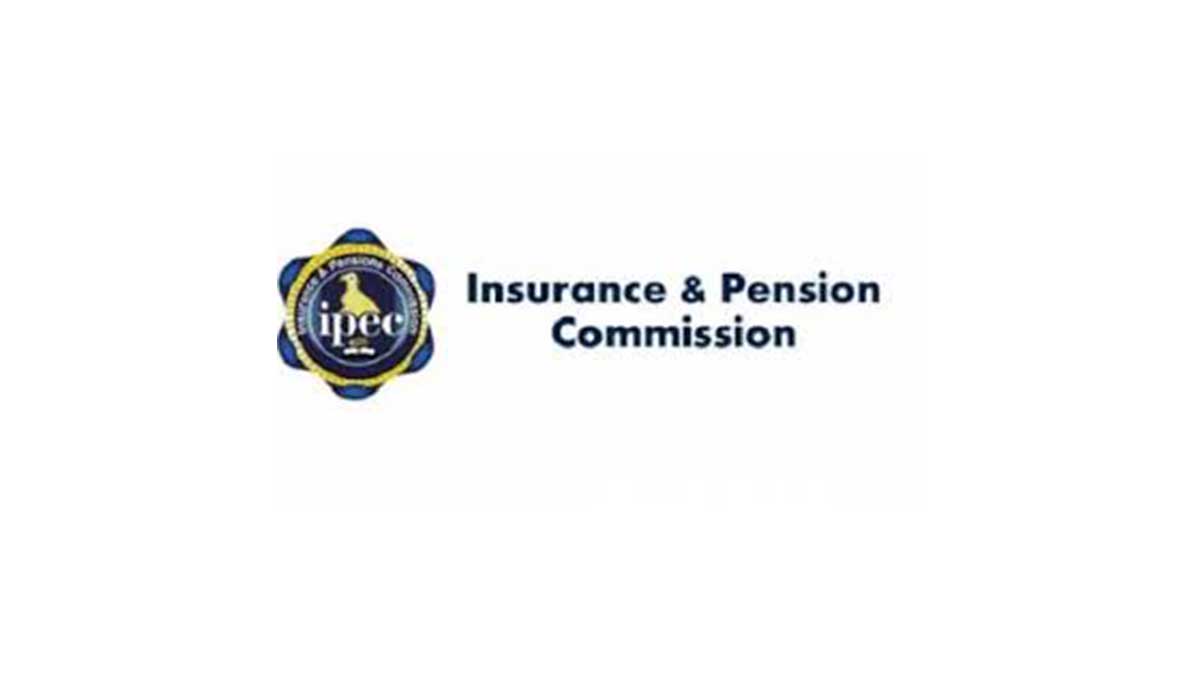Reinsurance prices to rise at Jan 2022, Fitch
By admin
Reinsurance rate increases are expected to continue at the all-important January 2022 renewal season, but their amount is expected to be reduced to high single-digit to low double-digit levels, as rate adequacy may be approaching for major reinsurers, Fitch Ratings has said.
Reinsurance prices have been increasing for a number of years now and while catastrophe losses have been relatively high, plus the world’s major reinsurers have faced losses from the COVID-19 pandemic, now the market may be nearing more of an equilibrium, the rating agency believes.
Capacity remains abundant and this is not expected to change dramatically going forwards.
Capital providers are proving more cautious about flooding reinsurance with capacity and dampening rates this time around, which means that rate increases have been compounding and market conditions have proven much more attractive as a result.
This has provided a significant opportunity for growth, among the major reinsurance companies of the world and Fitch ratings reports that non-life reinsurance net premiums written grew by a substantial 18.5% in the first-half of 2021, as prices continued to rise and demand remained strong, while reinsurers took advantage of this to grow their books.
Price momentum has slowed though, Fitch explains, as we’ve now seen two years of rising pricing at the same time as capacity remaining abundant.
Helping to drive reinsurance pricing higher have been ongoing concerns related to deteriorating loss-cost trends, rising social inflation and litigation costs, as well as how the global economy would recover and how this might affect future underwriting results.
Still, so far pandemic losses remain only partially accounted for, Fitch Ratings believes, cautioning that, “Thus far, renewals have largely not taken into consideration pandemic-related losses but this could change in 2022 with improved clarity around the ultimate losses.”
If more significant pandemic related losses do emerge, they could become a longer-term driver for reinsurance rates perhaps. But right now, as this has yet to occur, Fitch believes reinsurance rates are set to moderate, perhaps significantly, over the next year.
“Rate increases are likely to continue at the January 2022 renewals, albeit at somewhat reduced high single-digit/low double-digit levels, as rate adequacy is approached,” Fitch explained.
One area that rates could rise faster though is in Europe, after the impacts of flooding and severe weather this summer.
Fitch warned that the July flooding in Europe could add $8 billion to second-half catastrophe losses in 2021.
Add on severe weather impacts from across Europe in June, July and also August and the regional insurance and reinsurance industry could easily be facing $12 billion of losses from the summer months, perhaps higher.
Throw in hurricane season impacts, with the peak of the Atlantic season still to come, as well as wildfire impacts, and there is a chance for reinsurance capital to face above average losses again in 2021.
That would be factored into renewals in 2022, with price rises very likely for January and possibly at the mid-year.
The Japanese renewals in April 2022 look a little less certain right now, as the country has largely escaped significant catastrophe losses so far, but typhoon season is also set to peak in the coming months.
What’s encouraging about Fitch’s comments is that the rating agency expects more reinsurance firming before rate adequacy is reached, for the major reinsurers.
Rate adequacy is not the same for everyone, as efficiency of capital, operations and how capacity is deployed can all be used as levers, meaning one underwriters rate adequacy can be another’s hard or firm market pricing.
This suggests more positive fundamentals to keep ILS rates and catastrophe bond pricing higher, or at the least stable through coming renewals.
It also suggests another chance for ILS capital, particularly in catastrophe bond form, to drive home efficiency advantages, especially in areas like global retrocession where there remain some constraints on capacity



